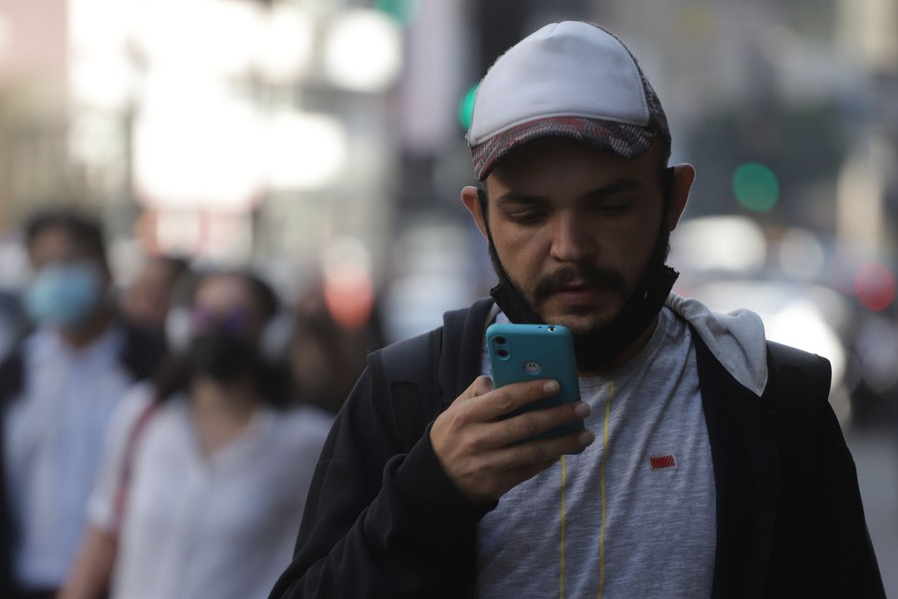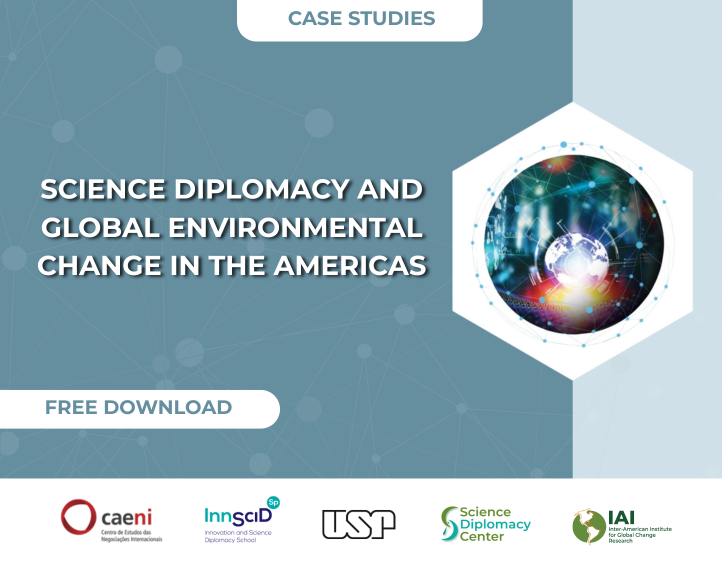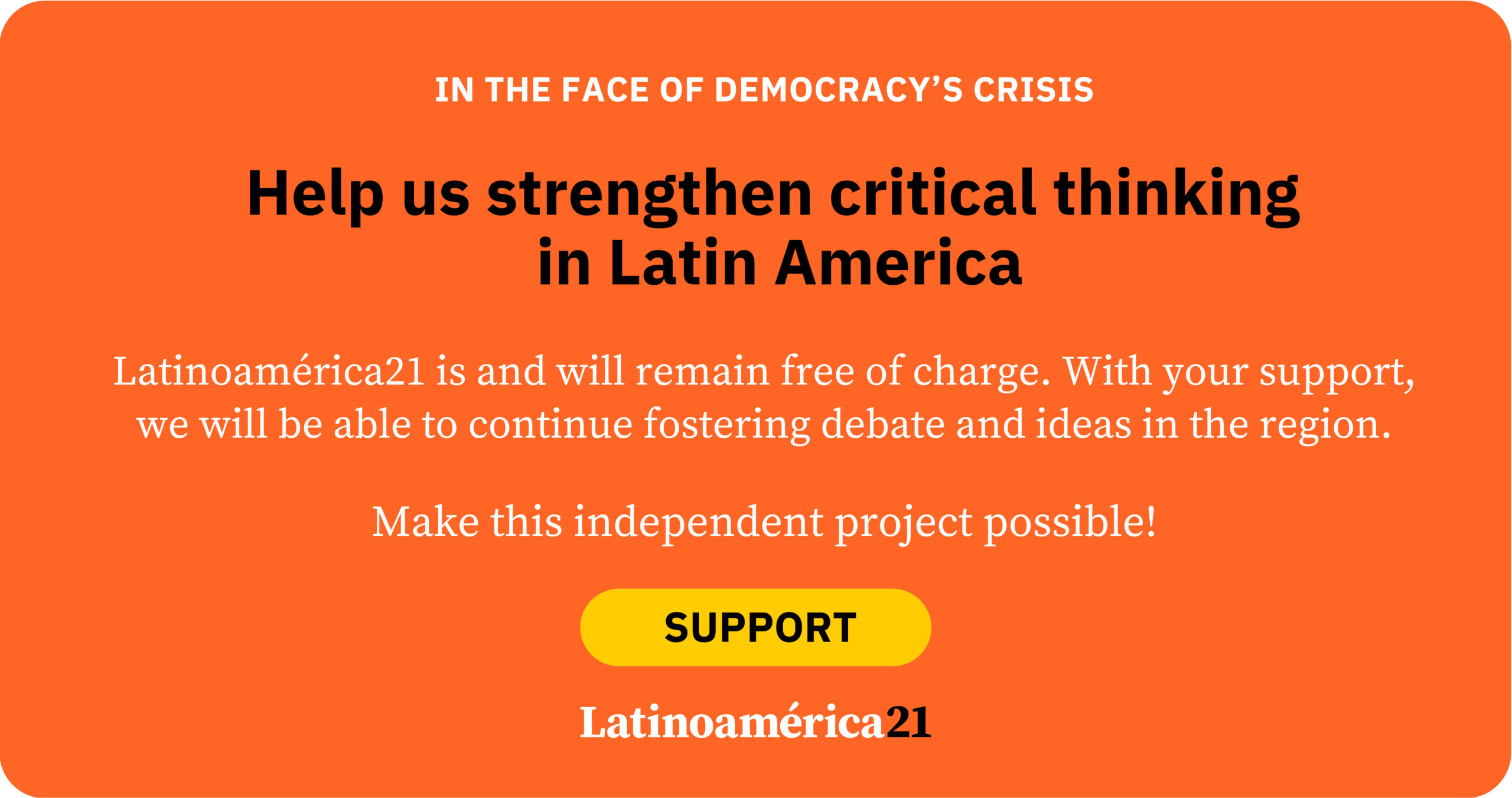In a society that is more connected than ever, will we all be digitally literate? In Brazil, where mass payments are made through PIX, online medical consultations are increasingly popular, the number of app workers such as delivery workers and drivers is steadily rising, and the use of Artificial Intelligence tools is growing, digital literacy seems to be the next destination on the technological horizon.
However, according to a survey conducted by Market Analysis Brazil Institute, 36% of the population has never heard of the most popular Artificial Intelligence (AI) tool today, ChatGPT. Moreover, 40% of Brazilians do not feel the need for AI tools in their daily lives. Among them, 53% have little or no education and 36% belong to low-income social classes. Also according to data from the latest National Household Sample Survey —PNAD Continuous, 24 million Brazilians have never accessed the Internet. Most of them are located in rural areas, in the North and Northeast regions of the country. These groups are identified as “digital illiterates”, as they are not familiar with artificial intelligence technologies or even the Internet.
In a technological scenario where the creation of synthetic data through Generative Artificial Intelligence and its use in public opinion studies is increasingly discussed, what is the impact of this important sector of the digitally excluded population? Would the digital be able to predict, simulate or even influence the behaviors and opinions of those who only participate in the analog world?
A recent World Values Survey (WVS) experiment conducted in Brazil by Professors Henrique de Castro and Daniel Capistrano demonstrated the difficulty of AI algorithms to create synthetic data that represent the less educated population belonging to lower social classes. Thus, we see that it is precisely the less educated, lower income population that most challenges the predictive capabilities of AI. The so-called “digital illiterates” are therefore also those “untamed” by technology, unpredictable to synthetic data.
The implications of this phenomenon are profound and, in some ways, paradoxical. In a society that is increasingly monitored and where attempts are made to control and shape opinions through anticipated or artificially constructed preferences through AI algorithms, it is precisely among those with less education and lower incomes that the influence of these technologies meets the greatest resistance. These individuals, often excluded from research samples and less present on digital platforms, remain more “invisible” to algorithms and challenge the predictive ability of research.
As technology advances and becomes more sophisticated, those on the margins of this advance can become true invisible agents of change, decisively influencing the political and social direction of the country, especially in a polarized society such as Brazil’s, where 2 million votes decided the last presidential dispute.
However, while less influenced by technology, these groups are not immune to manipulation. Other traditional means of influence, such as television, religious leaders and local leaders, still exert significant influence and can effectively shape opinions, often compensating for the lack of direct impact of digital media.
One of the vectors of influence to consider also today is the Internet through television. Television is currently the second means of Internet access for Brazilians (47.5% use it), surpassing, for the first time, the personal computer (35.5% use it). With the rise of streaming services, YouTube channels and podcasts, it is worth asking: are these digital contents, watched on television, the opinion makers of a society with partial digital literacy? This question is fundamental to understanding the dynamics of information consumption and opinion formation in different segments of the population.
There is a need to broaden the debate on surveillance and social control through AI. The idea that complete monitoring of society is possible may be illusory if we do not consider the inherent limitations of the technology’s reach. The natural resistance of less connected segments may serve as a reminder that human diversity and complexity will always find ways to manifest itself, even in an increasingly digitized world. This aspect should be central to any discussion about the future of technology and society.
This situation opens up space to question the role of technology in our society and the need for inclusive policies. It is essential that public and private policies on AI consider these marginalized groups, not only as a challenge to overcome, but as an opportunity for a more equitable and inclusive approach. Digital inclusion must be seen as a fundamental right, necessary for full participation in contemporary society.
For digital inclusion to become a comprehensive reality, a concentrated effort is needed that goes beyond the mere availability of technology. Significant investment in infrastructure, education and training is imperative. Rural areas and the North and Northeast regions of Brazil, which suffer the greatest connectivity deficit, need specific initiatives that encourage the expansion of the high-speed Internet network. In addition, digital education should be integrated into school curricula from the early grades, ensuring that new generations develop technological skills from an early age. Digital literacy programs for adults are also essential to enable the population to use digital tools effectively.
In addition to promoting a more egalitarian and participatory society, it is crucial that the access of digital tools be critical and reflective. Digital education should not only focus on technical skills, but also on developing a critical understanding of technology and its social, ethical and political impacts. This includes teaching how to identify and combat misinformation, understanding the implications of online privacy and security, and reflecting on the role of large technology corporations in our daily lives. By fostering a critical approach, we ensure that citizens are not merely passive consumers of technology, but active agents who can question, influence and shape technological development in a conscious and ethical manner.
A critical approach also involves raising awareness of the biases inherent in artificial intelligence technologies and the importance of fair representation in the data used to train these systems. For example, artificial intelligence tools that use texts enshrining racial prejudice or sexist logic as sources will reproduce these biases as conventional wisdom. Without this awareness, there is a risk of perpetuating existing inequalities and creating new forms of exclusion. Therefore, public policy and educational initiatives must include discussions on ethics in technology, promoting a culture of questioning and accountability. By empowering the population to think critically about technology, we not only empower individuals but also strengthen democracy, ensuring that digital evolution is inclusive, fair, and critically reflected in society.
*Translated by Janaína Ruviaro da Silva from the original in Spanish.














